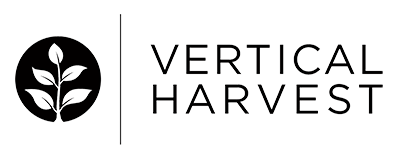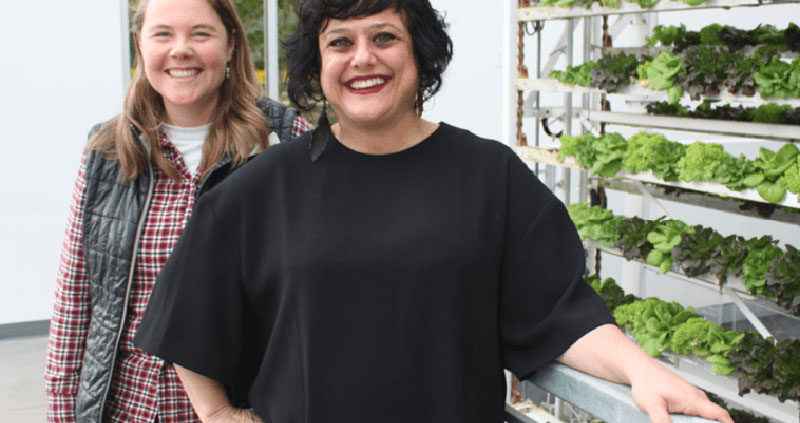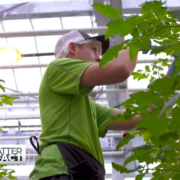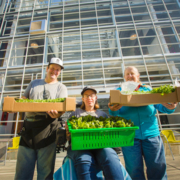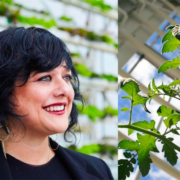Triple Threat | Produce Grower
Produce Grower / By Patrick Williams / Photos by Allison Krieg
Vertical Harvest takes a new approach to CEA by focusing on the three bottom lines of people, profit and the planet, employing a staff of workers with different abilities.

When visitors walk into Vertical Harvest’s luminous three-story glass building for tours, they’re stepping into the architectural brainchild of Nona Yehia.
The singular combination vertical farm and greenhouse grows specialty greens, leafy greens, microgreens and tomatoes using LED lights, robots and moving hydroponic carousels.
An eclectic mix of workers, many of whom have intellectual and physical disabilities, take care of the futuristic farm and its many technologies, growing some of the freshest produce around.
The Jackson, Wyoming, grower aims to provide those with disabilities opportunities for upward mobility, says Yehia, who is co-founder and CEO. The operation, she says, provides an example of how farms can change the perception of the abilities of workers with disabilities. Workers who often only have opportunities in entry-level jobs thrive here in an environment where they can help solve some of the world’s most pressing problems, including land and water shortages and other environmental issues.
“It’s the way Vertical Harvest is a team that’s conceived of the company that’s really different, saying that you can do well by doing good, and that it actually benefits the bottom line of the business to do so,” Yehia says.
She says Vertical Harvest would never open a farm without helping an underserved population, whether that be people with disabilities or other underserved groups, such as refugees or veterans. And Vertical Harvest aims to expand; for example, it is developing a vertical farm project in Lancaster, Pennsylvania.
Vertical Harvest maintains high standards for its produce, too. Daily, it regulates three separate growing environments that, with the glass walls, are influenced by the outside environment. It follows integrated pest management protocols and offers a varied product mix — including 30 different microgreens varieties — catering to chefs, high-end restaurants and grocery stores.
“I like to say that people come to us because of our mission, but they come back because of the quality of our produce,” Yehia says.
